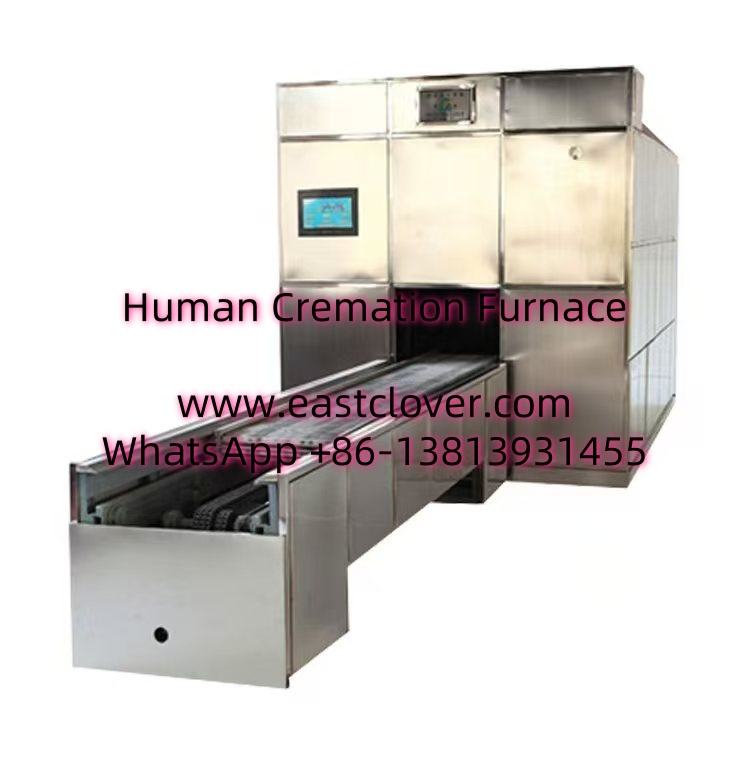The Evolution of Cremation Technology
Traditional cremation practices have long been scrutinized for their environmental and health impacts. Conventional furnaces rely heavily on fossil fuels, emit harmful pollutants like mercury and dioxins, and consume significant energy. As global awareness of sustainability grows, the deathcare industry faces pressure to adopt greener alternatives. Advanced environmental cremation furnaces represent a transformative solution, combining cutting-edge technology with eco-friendly principles to redefine end-of-life practices.
How Advanced Cremation Furnaces Work
High-Efficiency Heat Recovery Systems
Modern furnaces utilize heat recovery mechanisms to capture and reuse thermal energy generated during cremation. This reduces fuel consumption by up to 40% compared to traditional systems. Advanced insulation materials, such as ceramic fiber, maintain consistent temperatures while minimizing energy loss.
Advanced Filtration and Emission Control
Multi-stage filtration systems are now standard in eco-friendly cremators. These systems include:
- Particulate Filters: Trap ash and soot using electrostatic precipitators.
- Gas Scrubbers: Neutralize acidic gases like sulfur dioxide.
- Catalytic Converters: Break down nitrogen oxides and volatile organic compounds.
- Mercury Capture: Specialized adsorbents remove mercury from dental amalgam emissions.
Renewable Energy Integration
Some facilities now power cremation furnaces using solar, biogas, or hydrogen, further reducing carbon footprints. Hybrid systems seamlessly switch between energy sources to maintain efficiency.
Environmental and Operational Benefits
Reduced Carbon Footprint
Advanced systems cut CO2 emissions by 50-70% per cremation. For a mid-sized facility performing 300 cremations annually, this equals removing 150 cars from roads.
Toxic Emissions Mitigation
Mercury emissions drop by 99% via targeted filtration, addressing a major concern in groundwater contamination. Dioxin releases are virtually eliminated through precise temperature control.
Operational Efficiency
Automated systems optimize combustion parameters in real-time, reducing natural gas use while maintaining regulatory compliance. Remote monitoring enables predictive maintenance, slashing downtime by 30%.
Challenges and Adoption Barriers
Despite their advantages, high upfront costs ($150,000-$500,000 per unit) deter smaller operators. Regulatory inconsistencies across regions also complicate implementation. However, government incentives and long-term ROI from energy savings are driving gradual adoption.
www.southclover.com
Advanced environmental cremation furnaces mark a critical shift toward sustainable deathcare. By integrating energy recovery, rigorous filtration, and renewable energy, these systems address ecological concerns while improving operational efficiency. As public demand for green alternatives rises, widespread adoption of this technology could reduce the funeral industry’s environmental impact by 60% within a decade, creating a meaningful legacy for future generations.
FAQs
-
How do advanced furnaces compare in cost to traditional models?
While initial costs are 2-3× higher, energy savings and reduced maintenance typically achieve ROI within 5-7 years.
-
Can these systems handle pacemakers/medical implants safely?
Yes, automated detection systems pause operations to remove implants before combustion begins.
-
What happens to captured mercury and other pollutants?
Hazardous materials are sealed in certified containers and processed at specialized recycling facilities.
-
Are there alternatives for complete zero-emission cremation?
Aquamation (alkaline hydrolysis) offers a water-based process with 90% lower emissions, though cultural acceptance varies.
-
How do emissions compare to burial practices?
Advanced cremation now has 50% lower lifetime emissions than conventional burial when accounting for land use and embalming chemicals.

Comments are closed